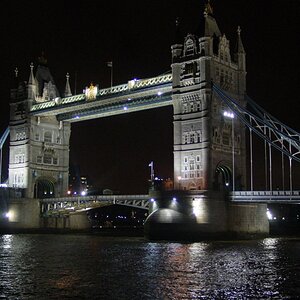jwbryson1
TPF Noob!
- Joined
- Apr 21, 2011
- Messages
- 4,280
- Reaction score
- 949
- Can others edit my Photos
- Photos OK to edit
My questions relate to hyperfocal distance (HFD) and where to set the focus points to get your photos tack sharp.
My understanding of the definition of hyperfocal distance is that it is the point at which the DOF is maximized and also is split in half, with half of the DOF appearing in front of the HFD and the other half of the DOF appearing behind the HFD. In that case, if the DOF is 5 feet from front to back, the HFD appears at the 2.5 foot mark in the dead center of the DOF. Correct?
Based on that understanding, my questions are:
1. In order to obtain maximum sharpness, do you calculate the DOF and the HFD before taking the photo and then try to ensure that your focus points are set AT the HFD? (Let's assume that we are using a sufficiently high shutter speed to avoid motion blur).
So, for example, is my understanding correct that at the starting point of the DOF the photo is "sufficiently sharp" and the sharpness will continue to increase up to the HFD (point of maximum sharpness), and then beyond the HFD the sharpness begins to soften again until you reach the far side of the DOF beyond which the focus begins to look soft. Does that make any sense? (I should draw a diagram and upload it here).
2. If not, how do you maximize the sharpness of the photo?
3. The online DOF calculator found here: Online Depth of Field Calculator, do people really refer to this to calculate the DOF, HFD, etc. before taking a photo or do they just snap the shot and rely on the autofocus points in the viewfinder?
My understanding of the definition of hyperfocal distance is that it is the point at which the DOF is maximized and also is split in half, with half of the DOF appearing in front of the HFD and the other half of the DOF appearing behind the HFD. In that case, if the DOF is 5 feet from front to back, the HFD appears at the 2.5 foot mark in the dead center of the DOF. Correct?
Based on that understanding, my questions are:
1. In order to obtain maximum sharpness, do you calculate the DOF and the HFD before taking the photo and then try to ensure that your focus points are set AT the HFD? (Let's assume that we are using a sufficiently high shutter speed to avoid motion blur).
So, for example, is my understanding correct that at the starting point of the DOF the photo is "sufficiently sharp" and the sharpness will continue to increase up to the HFD (point of maximum sharpness), and then beyond the HFD the sharpness begins to soften again until you reach the far side of the DOF beyond which the focus begins to look soft. Does that make any sense? (I should draw a diagram and upload it here).
2. If not, how do you maximize the sharpness of the photo?
3. The online DOF calculator found here: Online Depth of Field Calculator, do people really refer to this to calculate the DOF, HFD, etc. before taking a photo or do they just snap the shot and rely on the autofocus points in the viewfinder?



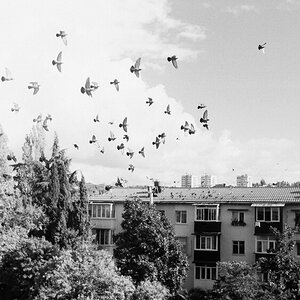

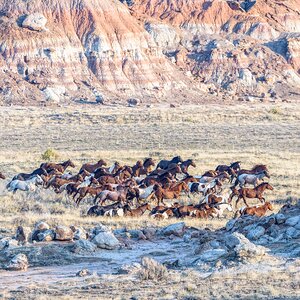
![[No title]](/data/xfmg/thumbnail/40/40285-2ce5915035c220ccb3485030863b62d0.jpg?1619739408)
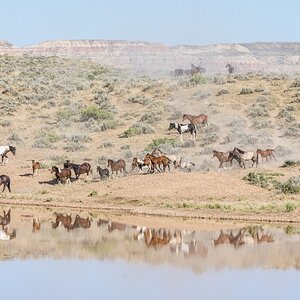
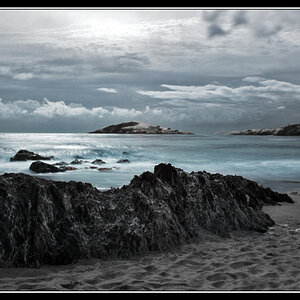
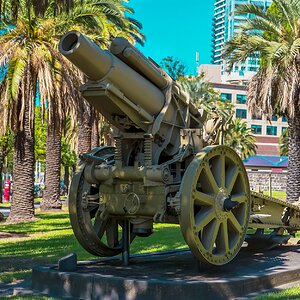

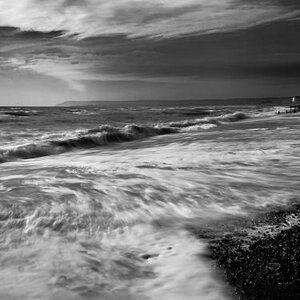
![[No title]](/data/xfmg/thumbnail/33/33343-857a08c1327857172779bfe49f06f638.jpg?1619735911)

